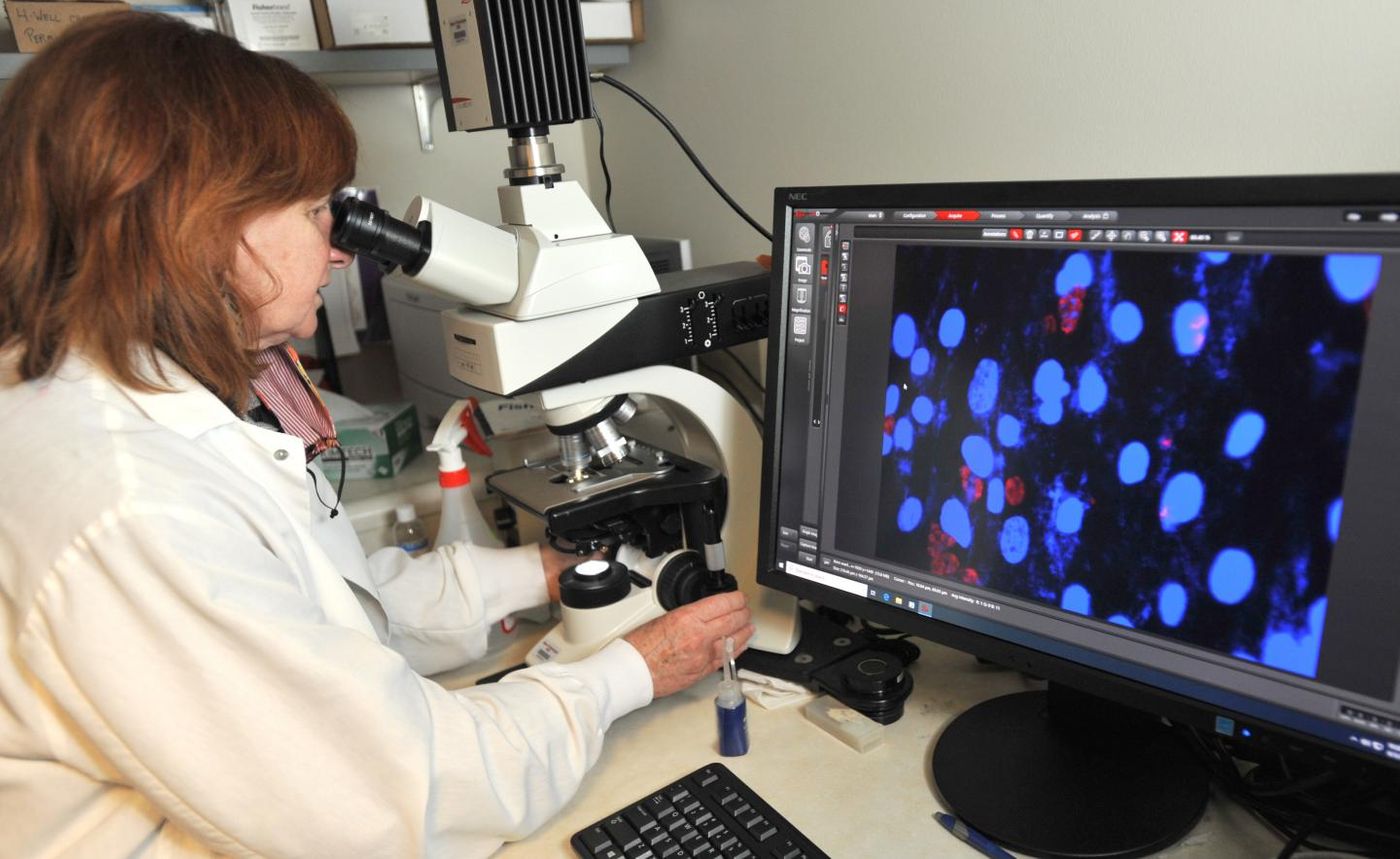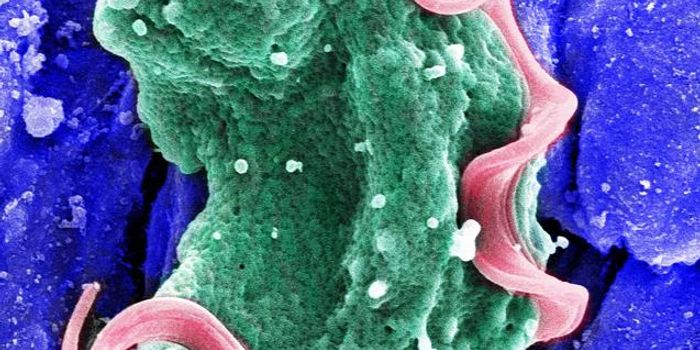A Bacterial Compound Could Become a Treatment for Parasitic Infections
The World Health Organization has estimated that parasitic infections cause over 48 million cases of illness and 59,000 deaths globally every year. Researchers have now identified a molecule in wood-eating clam gills that could help treat some of these infections. The compound, called tartrolon E, is made by bacteria that help the clams digest their wood meals. Tartrolon E is capable of destroying the parasites that cause babesiosis, cryptosporidiosis, malaria, toxoplasmosis, and theileriosis. The findings have been reported in PLOS Pathogens.
"There are compounds that work against the individual parasites, but to find one that works against this entire group, that is what made this unique," said the first author of the report, Roberta O'Connor, an associate professor in Washington State University's Veterinary Microbiology and Pathology unit.
There are already treatments for some of these parasites, O'Connor acknowledged, but these parasites are also in a group called apicomplexans, which can easily become drug-resistant. "Development of new, effective drugs against apicomplexan parasites is an ongoing need for human and veterinary medicine," she said.
Cryptosporidium, for example, is a primary cause of diarrhea in children and young animals around the world (learn more about preventing it from the video below). Millions of people and livestock are infected every year, and there is a need for a better treatment.
The only Food and Drug Administration-approved drug for treating Cryptosporidium is nitazoxanide. "Nitazoxanide doesn't work well for those [patients] who are immunocompromised or malnourished and those are the people most vulnerable to Cryptosporidium," O'Connor noted.
Tartrolon E was shown to kill the parasites that cause Cryptosporidium in a newborn mouse model. The researchers will be testing it in a lamb model of Cryptosporidium in the next few months.
O'Connor is conducting a study that will investigate exactly how tartrolon E impacts Cryptosporidium parasites. More work will be done to test the effects of tartrolon E in immunocompromised mice.
"We will define how the drug behaves in the body and how much of the drug is needed to control Cryptosporidiuminfection," said WSU researcher Dr. Nicolas F. Villarino, who will work on the pharmacokinetics aspect of the study. "We want the maximum effect with minimal adverse effects. This could have a significant impact on human and veterinary medicine because there is no other drug that can effectively treat this condition."
It will be a long time before the drug will be ready for use in the clinic, but O'Connor and Villarino are hoping it will end up there.
"Tartrolon E is obviously hitting some system that is common to [all] these parasites," O'Connor said. "Even if this compound isn't successful, if we can determine the mechanism, we will have identified a common drug target for all these parasites."
Sources: AAAS/Eurekalert! via Washington State University, PLOS Pathogens









